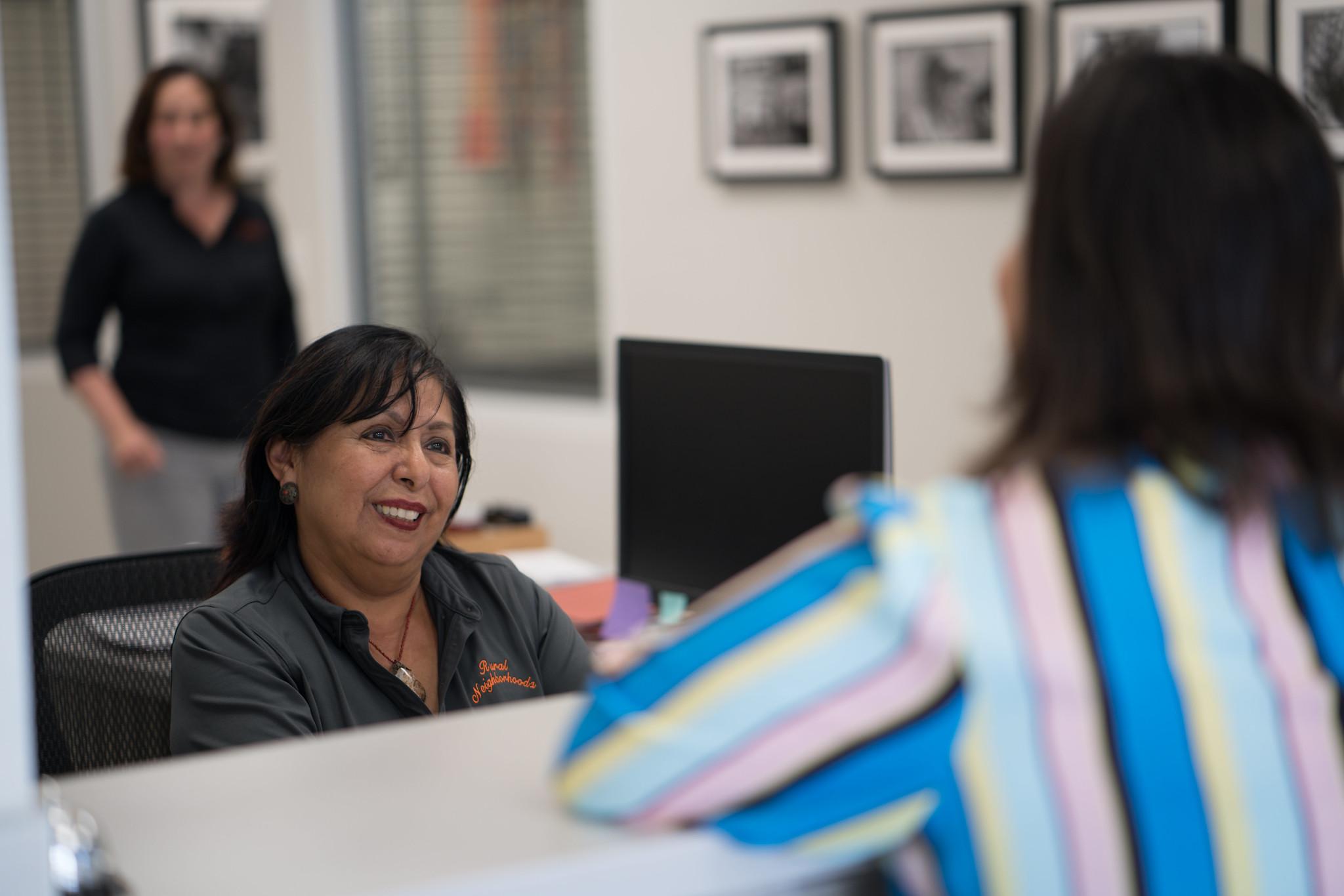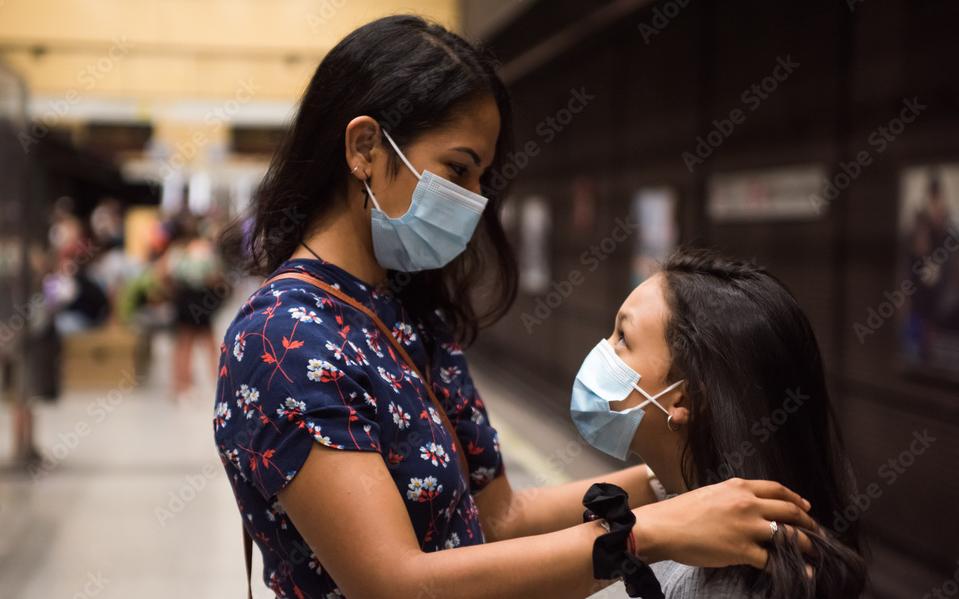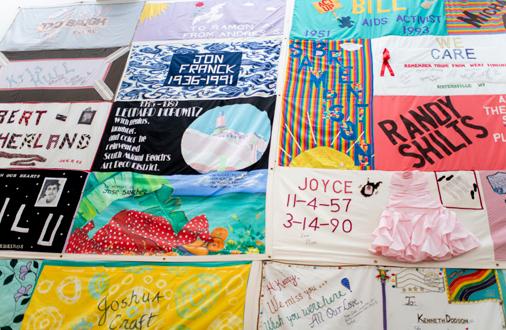
3 minute read
Community Engagement
from FIU Robert Stempel College of Public Health & Social Work - School of Social Work Annual Report 2021
by FIU
Researchers at FIU’s School of Social Work work around the clock to find solutions to challenges impacting communities near and far. From addressing health disparities across South Florida to educating the community to reduce COVID-19 vaccine myths, FIU’s School of Social Work is on the frontlines, reaching people where they are with critical information and compassion.
$13.1 million grant awarded to help end health disparities in South Florida
The National Institute on Minority Health and Health Disparities (NIMHD) awarded FIU-CommunityBased Research Institute (CBRI), led by Dr. Eric Wagner, professor at FIU’s School of Social Work, a $13.1 million grant to build a world-class research center focused on ending health disparities associated with substance use problems and HIV in South Florida. The grant, entitled “FIU Center for Reducing Health Disparities in Substance Abuse & HIV in South Florida,” is the single largest grant ever won by FIU and is part of NIMHD’s Research Centers in Minority Institutions (RCMI) Program. The center works to recognize and boost health disparities research in the South Florida community. Three FIU School of Social Work faculty have been FIU-RCMI funded scholars: Dr. Shanna Burke (2019-2020), Dr. Nicole Fava (2020-2021), and Dr. Hui Huang (2018-2019).

Debunking myths around the COVID-19 vaccine with underserved communities
Under the FIU-RCMI, Dr. Eric Wagner serves as Principal Investigator for the FIU-RCMI Townhall Supplement, which conducts town halls to provide COVID-19 education and information, answer questions, and debunk myths about the COVID-19 vaccine. The townhalls are one hour each and are in partnership with various community organizations, whose representatives serve on the townhall panel alongside FIU medical and public health experts. The townhalls are held virtually in English, Spanish, and Creole to reach people across various communities.
Training social workers of tomorrow to serve communities impacted by substance use disorders
The Learning Collaborative took place from 2020-2021 and was led by Jennifer Abeloff, associate director and clinical assistant professor at FIU’s School of Social Work, with guidance from the faculty champion and professor, Dr. Eric Wagner. The Learning Collaborative helped increase substance use skills and knowledge in the social work workforce through the training of students.
As part of this effort, FIU’s School of Social Work revised addictions electives and integrated information on prevention, assessment, treatment, and policy related to substance use disorders throughout the BSSW and MSW curriculum. It also recruited three field placement agencies to serve as internship sites for the eight selected BSSW and MSW interns. Students participated in discussions and webinars with the National Council, monthly meetings with professors, and attended case simulation conferences. Each student was also enrolled in one of the newly revised addictions courses and placed at one of the agencies. In October of 2019, FIU’s School of Social Work was 1 of 10 schools selected for the Social Workers on the Front Lines of the Opioid Epidemic Learning Collaborative, funded by the New York Community Trust and in partnership with the Council on Social Work Education and the National Council for Mental Wellbeing.
AIDS exhibit showcases 40 years of artifacts and stories to highlight history and honor lives lost


For over 20 years, Dr. Shedrick Boren, clinical assistant professor at FIU’s School of Social Work, has dedicated his life to helping people living with HIV. To tell this story, Dr. Boren collaborated with a Miami museum to commemorate the clients he worked with and honor their legacies while recognizing society’s growth and development. Dr. Boren was the guest curator of A Matter of Time: Examining Forty Years of AIDS at the Coral Gables Museum from April-July 2021. This exhibit gathered historical information on the emergence and development of AIDS, forty years after the first reported case in Miami, one of the world’s epicenters of the pandemic. Taking over four galleries of the museum, a myriad of objects, documents, ephemera, and major artworks in different disciplines helped trace Miami and Miami-related stories of those who succumbed to the disease and those who survived.





